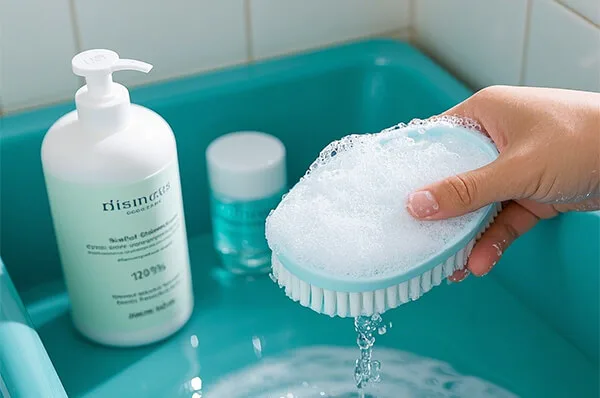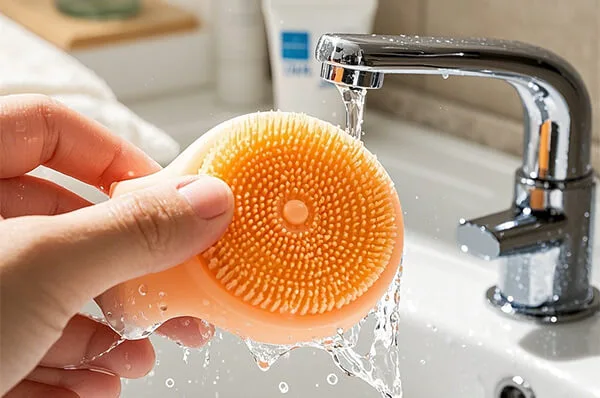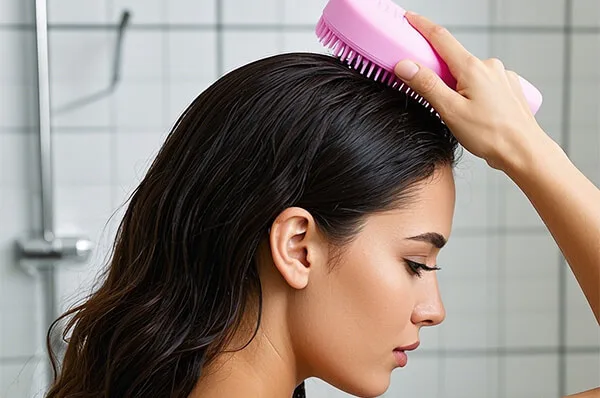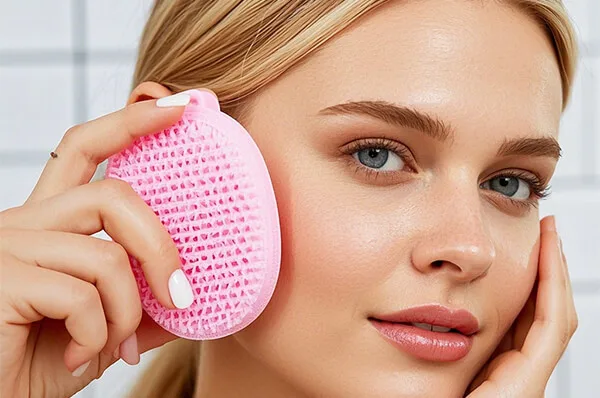- Have any questions?
- +86 19574832024
- admin@beaut-lohas.com
Silicone Body Scrubbers
The popularity of silicone body scrubbers almost surpasses that of personal care and hygiene products. In addition to this, a user easily forgets the necessity for replacing such long-lasting objects in life. We are going to discuss some of the reasons why silicone body scrubbers need to be replaced within a certain period.
Significant Factor: Wear and Tear of Silicone Material
Silicone is a science generally considered quite durable. In practical terms, repeated applications of body scrubber bristles can have an effect on how they feel. As the bristles lose brute strength and form, so too does one’s ability to use them host at large for healthy exfoliation of the skin surface. For example, in the case of really new example of such body scrubber, the bristles are supposed to stand erect, be spring-like, and have a high penetrating possibility deep within the pores to remove dead skin easily. But according to use afterwards, for a number of months at an interval, the said bristles start to bend or even break off from the body. As this condition occurs, the scrub performance goes down so that your skin will not be cleansed thoroughly.
It might show bad signs at their base: this main body of the silicone scrubber. Instead, it may have cracks or even small tears, particularly when frequently subjected to rough and careless handling or drops. These, however, are beside affecting the bad looks of the scrubbers and the usual damage that wears and tears could bring. All these are also potential hiding places where bacteria or dirt could settle and then be transferred back onto the skin in the next use.
Hygiene Issues:
Of course, hygiene is one of the top points emphasizing the necessity of changes. Compared with some of the older loofahs or brushes made from natural fiber, silicone body scrubbers are less complicated in cleaning but can be just as prone to build up all kinds of bacteria, fungi, and other microorganisms. With the right cleaning, however, which entails rinsing after each use and leaving to dry completely in a well-ventilated area, one cannot completely rid the scrubber entirely of bacteria over time.
The humid and warm atmosphere of the bathroom is ideal surroundings for these microorganisms to proliferate. Once they rub against your skin, the scrubbers can get dead skin cells and body oils or any other matter that is used as nourishment for bacteria. In a few days, this begins to increase at an exponential rate, and hence, there is an increasing chance of skin infection and breakout, among others. Take, for example, staphylococcus aureus, a common bacterium found on the skin. If it comes in contact with that used, poorly replaced silicone scrubber, it increases its growth rate rapidly, causing folliculitis or different skin inflammatory conditions as soon as it meets open pores or small cuts on the skin.
Effectiveness Changes
Repeatedly using a silicone body scrubber for the latest exfoliation and cleansing actions typically results in deteriorating quality. One cannot expect the bristles to render the amount of friction with which dead skin cell could be sloughed off and hence, what would be obtained is reduced benefits as compared to a scrubber that is new.
Furthermore, silicone also undergoes changes in overall texture and flexibility. The scrubber often becomes less pliant or rigid, making it uncomfortable to use and not able to contour with your body part. For instance, when scrubbing areas like the elbows or knees, a well-functioning silicone scrubber should be able to bend and adapt to the shape of these body parts for a thorough clean. But an old, worn-out scrubber may not be able to do so, resulting in uneven cleaning and leaving some areas of the skin still covered in dead skin and dirt.
Replacement Recommendation Frequency
So, how frequently one should change a silicone body scrubber? While there’s no specific answer as it varies among users, a general guideline is to do so every 3 to 6 months depending on the frequency of use and maintenance. If you use the scrubber on a daily basis or have very sensitive skin that would require more frequent exfoliation, you may consider replacing it closer to the 3 months. On the contrary, if you use it a few times a week but maintain strict cleaning and drying, you could stretch it to 6 months.
In conclusion, this is important for replacing your silicone body scrubber regularly to keep your skin healthy and at its best performance while keeping high hygiene levels. Don’t allow the durability of silicone to make you think that it would go on providing the same excellent service forever. By being proactive with changing it at the right intervals, one keeps enjoying the benefits of a clean, exfoliated, and healthy skin.




